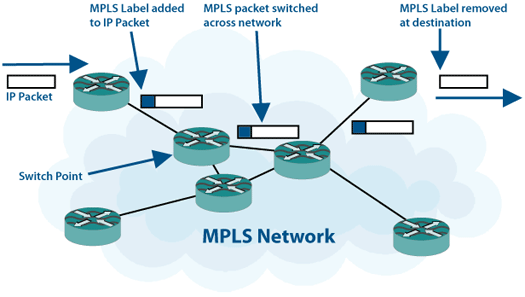Global MPLS Market Overview, Opportunities & Future Outlook | 2035

The contemporary Mpls Market Competition is defined by a single, powerful, and transformative rivalry: the battle between traditional, carrier-managed MPLS and the more modern, agile, and software-defined approach of SD-WAN. This is not just a competition between two technologies; it is a clash of two fundamentally different philosophies of wide area networking. MPLS represents the traditional, carrier-centric model, where the intelligence resides within the service provider's network. It is built on a foundation of reliability, security, and guaranteed performance, delivered via a private, dedicated network infrastructure. This makes it the gold standard for applications that require absolute predictability and have zero tolerance for performance degradation. However, this reliability comes at a high cost, long provisioning times, and a rigid architecture that is ill-suited for the dynamic, cloud-first world. The MPLS model often forces all traffic from branch offices, including cloud-bound traffic, to be "backhauled" through a central corporate data center for security inspection, an inefficient and high-latency process known as the "trombone effect."
In stark contrast, SD-WAN represents a decentralized, application-centric, and transport-agnostic model. It places the intelligence at the edge of the network, in a software-based controller and on-site appliances or virtual machines. The key competitive advantage of SD-WAN is its flexibility. It can use any available network transport—including MPLS, business broadband, and even 4G/5G wireless—and can be programmed to intelligently route different types of application traffic over the most appropriate path based on real-time network conditions and business policies. For example, it can send critical voice traffic over the reliable MPLS link while routing less-critical Microsoft 365 traffic over a lower-cost broadband connection with a direct internet breakout from the branch. This provides enormous benefits in terms of cost savings, agility (as new broadband circuits can be provisioned much faster than MPLS), and improved performance for cloud applications. This direct challenge to the MPLS value proposition has forced every enterprise and service provider to re-evaluate their WAN strategy.
The resolution of this intense competition is not the complete replacement of MPLS by SD-WAN, but rather the emergence of a new, integrated paradigm known as Secure Access Service Edge (SASE). The market is recognizing that the debate is no longer just about connectivity (MPLS vs. SD-WAN) but about the convergence of networking and security. SASE extends the principles of SD-WAN by integrating a full suite of cloud-delivered security services, such as a firewall-as-a-service (FWaaS), a secure web gateway (SWG), and zero-trust network access (ZTNA). This creates a single, unified architecture that can securely connect any user or device to any application, regardless of location. In this new competitive landscape, MPLS becomes one of several available "underlay" networks that the SASE architecture can leverage. The competition has therefore evolved. It is no longer a simple choice between MPLS and SD-WAN, but about which provider can offer the most comprehensive, secure, and easy-to-manage SASE solution that intelligently orchestrates traffic across a hybrid network of both private MPLS and public internet links. The Mpls Market size is projected to grow to USD 79.31 Billion by 2035, exhibiting a CAGR of 6.37% during the forecast period 2025-2035.
Top Trending Reports -
Corporate Game Based Learning Market


